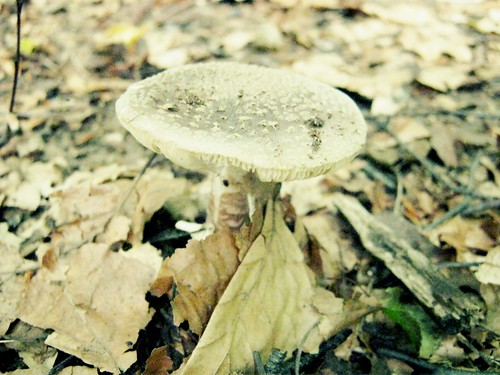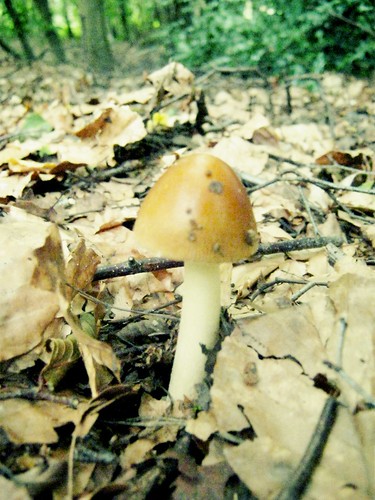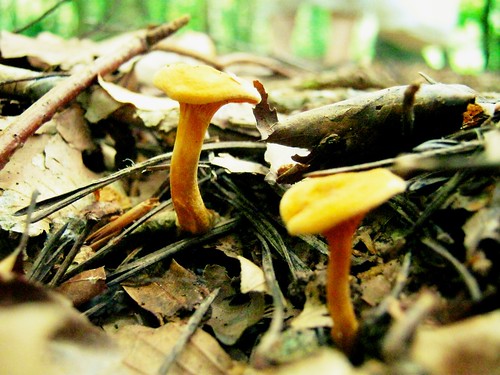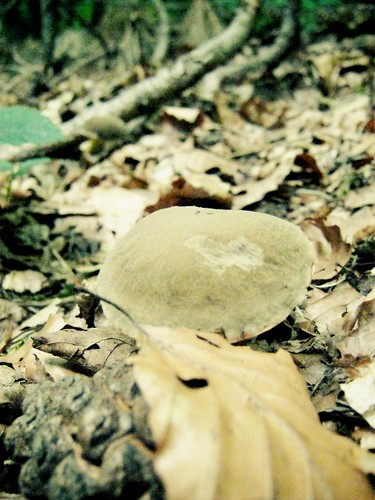On returning from our jollies last week, we stopped off at Willingham Woods, a tradition in our family. Whilst there, we found myriad interesting looking fungi that I took pictures of. I was using a tiny little Canon A495, which is a tiny little £50 P&S, because the batteries in my EOS500D were flat (I can't complain; I had taken 710 pictures with it before it finally gave up) but they turned out pretty reasonably anyway.
I am not a botanist, or a fungalist, or a toadstoolist, or whatever one has to be to name these things, so figuring out what exactly I took pictures of is left as an exercise for the reader.
I am not a botanist, or a fungalist, or a toadstoolist, or whatever one has to be to name these things, so figuring out what exactly I took pictures of is left as an exercise for the reader.










Comments
Post a Comment